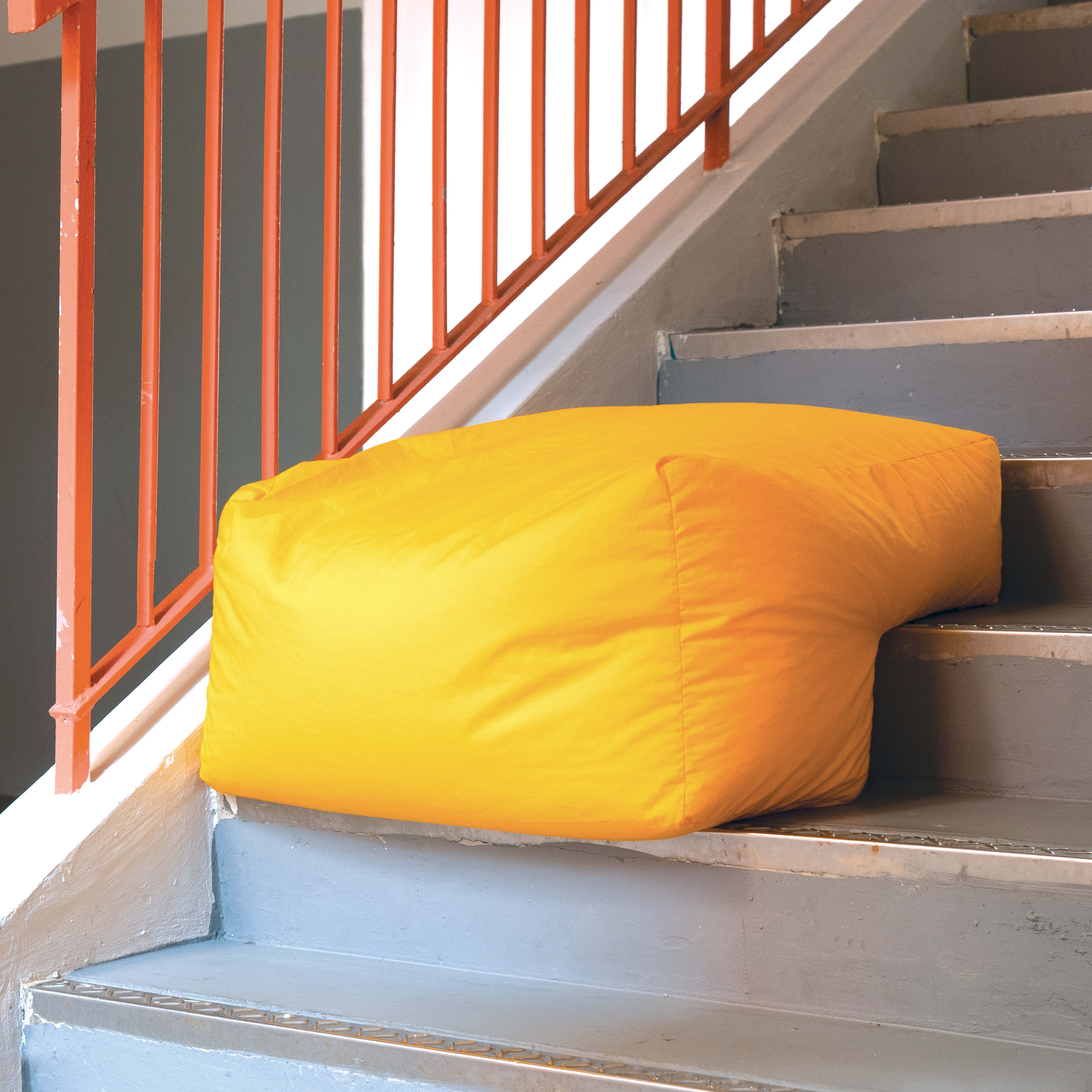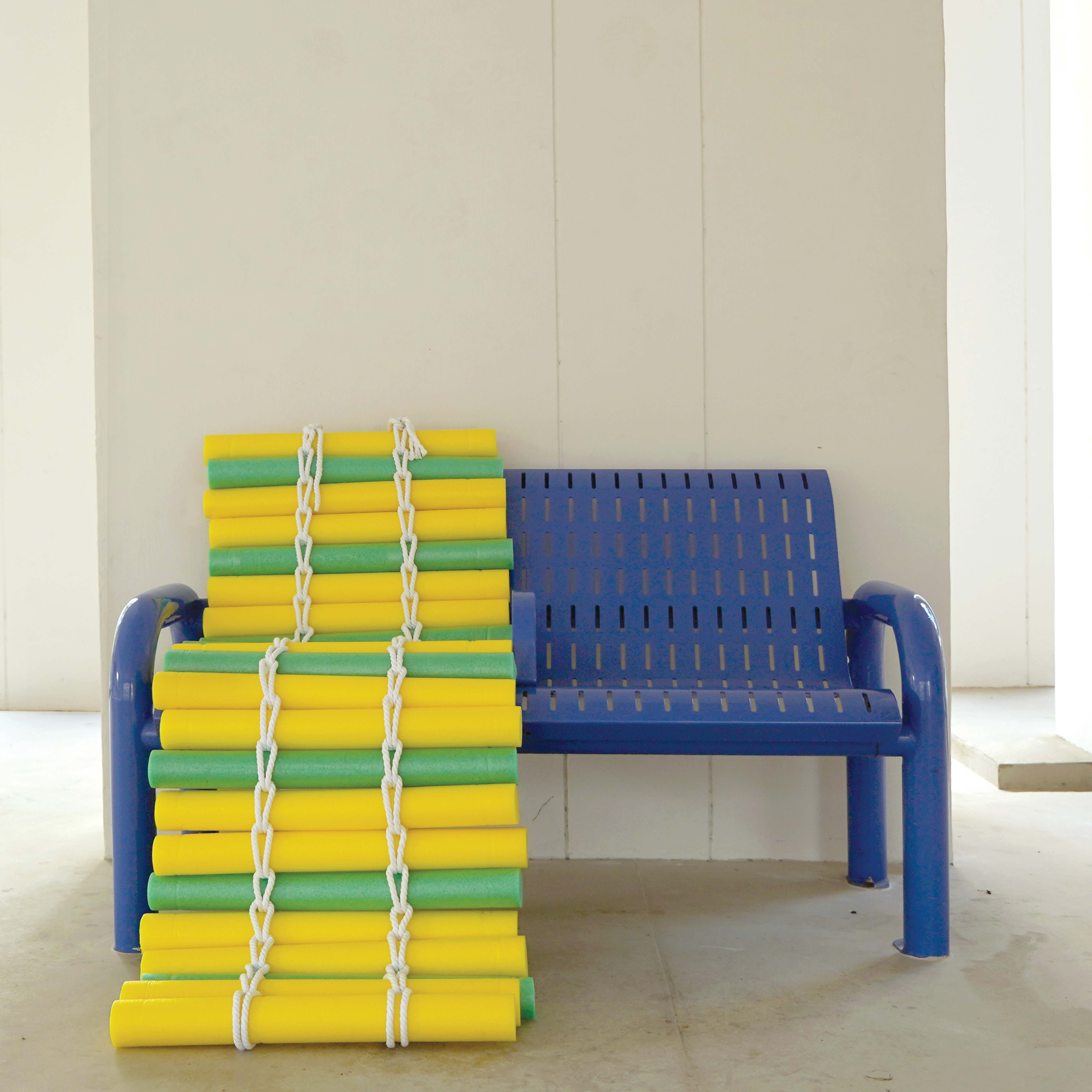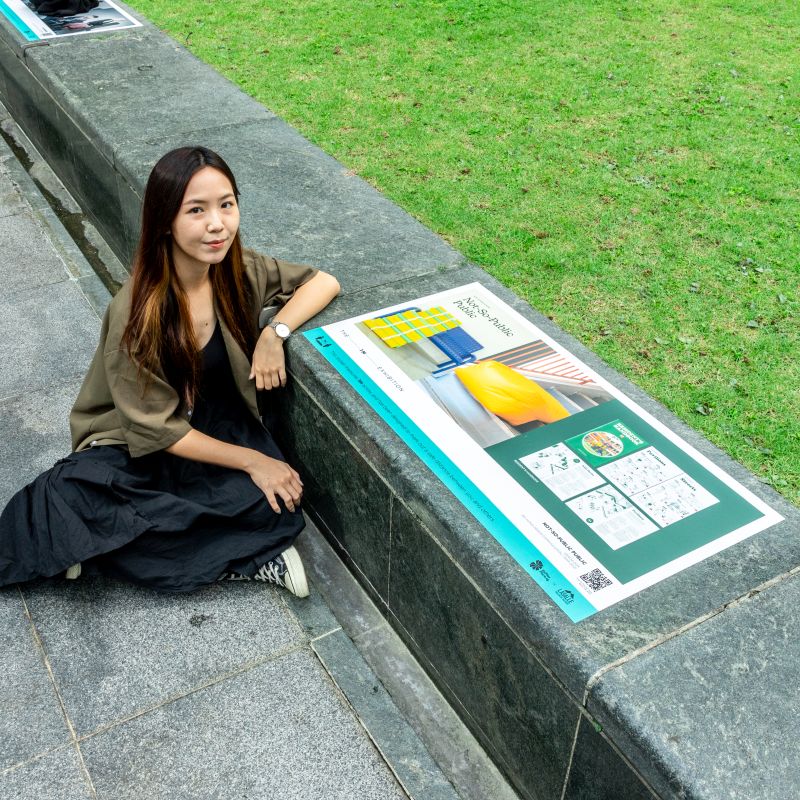NOT-SO-PUBLIC PUBLIC

Background
In Singapore, the development history of public spaces have been categorised by its hegemony. Where the creation of public space is, ultimately, an act of building institutionalised demarcations of power structures that contest the access, social capital and sense of ownership among communities.
Final Year Project
LASALLE College of the Arts
Expanding upon the research surrounding the Residents’ Kit, Not-So-Public Public is a provocative design project that challenges the politicisation of public space planning in Singapore by highlighting the Singaporean's predominant role as consumer over citizen in society. Beyond its physical structure, public spaces are complex products of political, social, cultural agencies, constructed through historical processes and the lived experiences of people.
In Singapore, apathetic attitudes towards politics and civic engagement can be linked to overtly functional urban planning that has conditioned people to produce dominant rules of social behaviour.
Citizen participation has only been recently recognised as an impactful platform to include communities in the shaping of the urban environment. However, despite attempts, decades of non-participation have conditioned citizens to be apathetic & skeptical towards community participation.
LASALLE College of the Arts
Expanding upon the research surrounding the Residents’ Kit, Not-So-Public Public is a provocative design project that challenges the politicisation of public space planning in Singapore by highlighting the Singaporean's predominant role as consumer over citizen in society. Beyond its physical structure, public spaces are complex products of political, social, cultural agencies, constructed through historical processes and the lived experiences of people.
In Singapore, apathetic attitudes towards politics and civic engagement can be linked to overtly functional urban planning that has conditioned people to produce dominant rules of social behaviour.
Citizen participation has only been recently recognised as an impactful platform to include communities in the shaping of the urban environment. However, despite attempts, decades of non-participation have conditioned citizens to be apathetic & skeptical towards community participation.
Research Inquiries
- How are the public spaces surrounding HDB estates currently used?
- How are social identities formed through spatial practices in public spaces surrounding HDB estates?
- How can Singapore’s public spaces be better designed to articulate citizen interests?
During the derive, one drops their relations, work and leisure activities for movement and action where they allow themselves to be drawn by the attractions of the terrain and interactions.
Dérives of one hour were conducted across three days at 9am, 1pm, 3pm and 6pm respectively. For each of the areas, there was no predefined plan or destination. Instead, the crowd and sensorial incentives were the main guide for the walks.
Methodology
The dérive is used as the primary research methodology. As it is an open-ended practice, it aims to produce primary data that characterizes a landscape. The desired result is to observe the spatial practices of inhabitants in these HDB estates and how a body might understand a landscape based on the urban design of their neighbourhood.
Focus groups were also conducted with residents living in the respective neighbourhoods where the dérives were conducted (Yew Tee & Punggol).


Primary Findings

1.
Public spaces in HDB estates cater more to elderly & children; causing adults to identify more with commercial areas – thereby reinforcing their economic role as a consumer.

2.
The role of a consumer is manifested through the designation of commercial centres as the central hub for every residential neighbourhood – a decision driven by practical and economic reasons, yet shapes the social identity of people.

3.
Fragmentation of public spaces limits spatial practices to a few prescriptive activities. Alternative forms of use are disallowed and even frowned upon by the public.
The project is split into three parts, the Catalog of Inclusion & Exclusion, Soft Interventions and finally, Civic Consumer. Each component act as explorations that capture the textured, multi-dimensional nature of the spatiality and the public realm.
Soft Interventions
Soft Interventions was inspired by the urban hacktivism movement, a citizen-led, creative method of recreating public space often in a “do-it-yourself” style. A series of five objects were created to reinvent the use of everyday public spaces. “Soft” in this sense refers not only to the materiality of the objects but also referring to its impermanence; a reference to the tracelessness of Singapore’s urban environment.
Soft Interventions
Soft Interventions was inspired by the urban hacktivism movement, a citizen-led, creative method of recreating public space often in a “do-it-yourself” style. A series of five objects were created to reinvent the use of everyday public spaces. “Soft” in this sense refers not only to the materiality of the objects but also referring to its impermanence; a reference to the tracelessness of Singapore’s urban environment.







Civic Consumer
Civic Consumer is a series of t-shirts designed based on placards held up in violations of the Public Order Act between 2019 and 2020. The series questions the politicisation of space and the civic identity of Singaporeans.
The legality of being able to reproduce the exact graphics on commercial products yet being unable to hold them up in public reflects the predominant c


